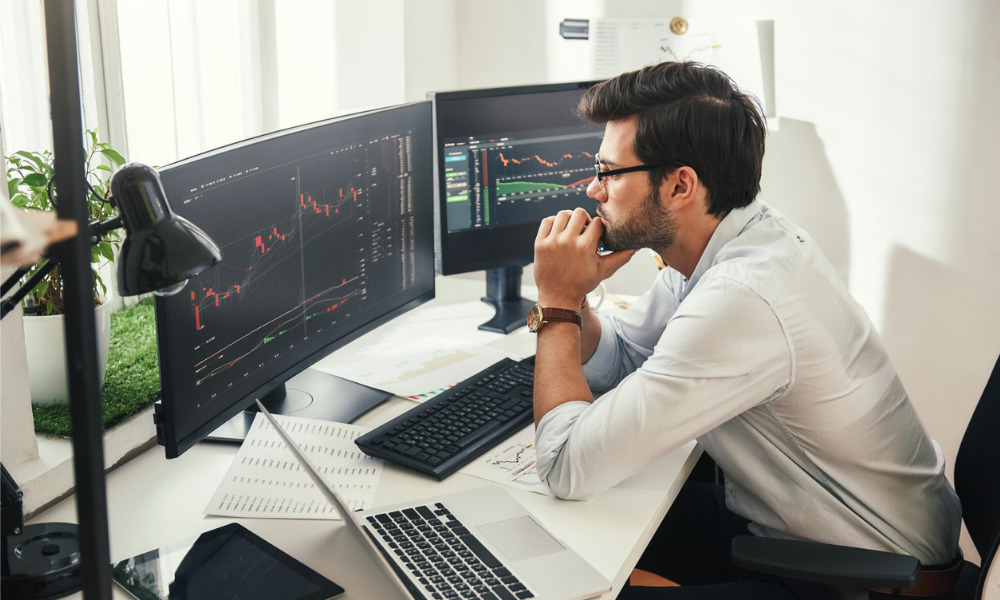Ugly first-quarter performance numbers from big names mask opportunities and strengths

Many investors may be disappointed with the first-quarter earnings of private-equity heavyweights Apollo, Blackstone, and Carlyle, which have collectively seen a coronavirus impact to the tune of more than US$5 billion in net losses.
Most of that has been due to declines in the paper value of their various investments and assets, which could impact their long-term gains and, consequently, their ability to generate fees. But as noted in the Wall Street Journal, there are some considerable mitigating factors that, for now, keep some shine on those big names.
The first big plus comes from the piles of uninvested capital that the firms are sitting on. With more than US$250 billion between them, they have a comfortable amount of money to put to work and earn fees on.
“The firms’ deals with limited partners also can offset the impact of mark-to-market declines on fees,” the Journal said, flagging the fact that Apollo’s fee-generating assets dipped by just 2% quarter-on-quarter, compared to a 5% drop in total assets.
And while declines in the neighbourhood of 20% from the firms’ corporate private-equity portfolios aren’t great to look at, they’re not that far off from the 20% drop in the S&P 500 during the first quarter. It also helps that their other investment asset classes, including corporate credit and real estate, were down substantially less than the broad U.S. equity benchmark.
Challenges with respect to selling assets in a coronavirus-stricken market will arguably have the biggest effect on distributable earnings. But with share prices down 15%, 22%, and 34% over the past three months for Apollo, Blackstone, and Carlyle, respectively, much if not all of that weakness is already priced in.
And the firms’ future prospects might be even better, if history is any indication. As the Journal noted, private-equity funds have historically shined during times of distress.
Citing figures from EY, it noted that PE funds raised in 2009 have posted median returns of13.9%; in contrast, 2006 funds have notched a more modest 8.1%. PE acquisitions also plunged by 80% between 2007 and 2009, indicating that some funds would not have been able to fully capitalize on distressed prices during the 2008-2009 global financial crisis.
Now, PE firms are better positioned to snatch up promising opportunities, though the recent rebound in prices and liquidity has been so sharp that they soon ran out of distress bets to exploit. But assuming the coming weeks or months bring in new waves of distress, PE firms that exercise the right financial brinksmanship may be able to turn a tidy profit.



